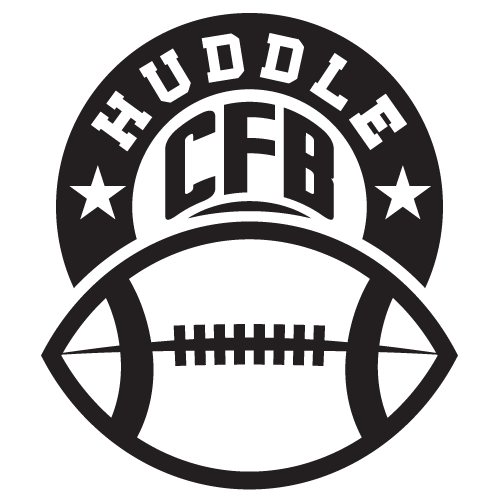GO WEST, YOUNG MAN
Colorado’s departure for the Pac-12 removed any Big 12 presence from the Rocky Mountains. Adding West Virginia shortly thereafter suggests the conference’s plan is a move east.
However, two of the better options from a competitive standpoint reside in the West.
Boise State’s set the pace for outsiders, carrying a torch that Big 12 target BYU lit in the 1980s and much of the 1990s.
BOISE STATE BRONCOS
Location: Boise, Idaho
TV Market: Boise (No. 107)
Home Venue: Albertsons Stadium (36,387)
Undergraduate Enrollment: 19,351
Boise State’s decade-and-a-half run atop the Group of Five/non-BCS scene proves the program’s staying power. The Broncos maintained through player and coaching changes without the benefit of power-conference support.
Imagine the Broncos’ football potential in the Big 12.
Competitively, Boise State makes sense. Unfortunately, that’s the only way in which Boise State fits the Big 12.
Albertsons Stadium seats nearly 10,000 fewer than the Big 12’s smallest home venue, TCU’s Amon G. Carter Stadium (45,000). The Boise TV market isn’t particularly attractive, and the university itself checks in at 61st in U.S. News and World Report‘s Western Regional rankings.
BYU COUGARS
Location: Provo, Utah
TV Market: Salt Lake City (No. 34)
Home Stadium: LaVell Edwards Stadium (63,470)
Undergraduate Enrollment: 26,674
BYU ranks among the most logic and likely (there’s an important distinction) of all Big 12 expansion candidates.
Stadium size, fan base, TV market, university credentials: BYU checks off just about every box — save one.
The addition of West Virginia in 2012 pushed the Big 12 landscape east. A move back west stretches the conference across the continent, imposing economic burdens on sports that aren’t football.
SAN DIEGO STATE AZTECS
Location: San Diego
TV Market: San Diego (No. 28)
Home Venue: Qualcomm Stadium (70,561)
Undergraduate Enrollment: 29,234
Conference realignment is inherently a gamble, and few options offer as much potential upside and value as San Diego State.
San Diego State’s inclusion isn’t based on credible suggestions or rumors, rather the logical appeal of the university.
The basketball program grew to national prominence over the last decade, in that time building a rabid base of local support.
While the fan backing has yet to come for football, the Aztecs’ success on the gridiron should catch attention. Last year marked the first outright Mountain West Conference championship in San Diego State history, and the 2016 team looks even better on paper.
San Diego State’s academic profile grew parallel to that of its athletic department, as its now the most prestigious university in the Cal State system.
San Diego State makes a ton of sense for Big 12 expansion, realistic suggestion or not.

